Artists who deliver an album that’s a bit of a commercial flop often struggle getting back to previous levels. Paul Simon followed up an LP that struggled to reach an audience with perhaps the biggest triumph of his solo career.
Videos by American Songwriter
That triumphant album included a single that put Simon back on firm footing with Top 40 radio. As it turned out, it proved to be his last hit of that stature.
Simon’s Slump
In terms of singer-songwriters who combined artistic brilliance with commercial success, Paul Simon stood tall in the 70s. His chart success continued with his first single of the new decade. “Late In The Evening” danced its way into the Top 10 in 1980.
The original plan was for his next album to be a reunion with Art Garfunkel. But old tensions between the pair resurfaced. Simon scrapped the plans. Instead, he released Hearts And Bones as a solo album.
Hearts And Bones is a fascinating record, full of solemn reflections on the nature of love in all its complexity. But it felt woefully out of place in 1983, when MTV dominated the music scene and bold sounds were rewarded. Simon endured his first-ever solo album without a Top 40 single. But he wouldn’t stay down long.
A New Sound
Graceland, released in 1986, emanated from Simon’s fascination with music from South Africa. He found that the guttural grooves and bright melodic textures inspired him. They offered a unique foundation for his lyrics. He worked with musicians from the area, both in South Africa as he was creating the songs and when he returned to finish the recordings.
Simon chose for the first single a song that originated with a riff from guitarist Ray Phiri. The recording featured a wall of horns playing that riff, while bassist Bakithi Kumalo lays down a loose, swinging foundation. Kumalo even gets the chance to deliver a bass solo, one that is then immediately repeated backward for a nifty mirrored effect.
As for the lyrics, Simon began by making some one-liners about middle age. But then the song segues into a reflection on his new international experiences and the joy and wonder they brought him. The chorus came from an incident when he and his wife were misidentified at a party. It all adds up to “You Can Call Me Al”.
“Al” Makes an Impression
Simon even found a way to court MTV with the song. Chevy Chase appeared in the video to steal Simon’s thunder and lip-synch the lyrics instead of the guy who actually sang it. “You Can Call Me Al” made it to No. 23 in 1986, returning Simon to the US Top 40 for the first time in six years.
The song also introduced the world to Graceland, which received massive acclaim upon its release. Strangely enough, neither of the other two following singles that were released did much damage on the charts, despite the fact that both songs (the title track and “The Boy In The Bubble”) are now considered bona fide classics.
Despite “You Can Call Me Al” heralding a new phase of Paul Simon’s career, the chart success it enjoyed wouldn’t be repeated in his subsequent songs. In that respect, it represented both the end of an era and a fruitful new beginning.
Photo by Michael Putland/Getty Images

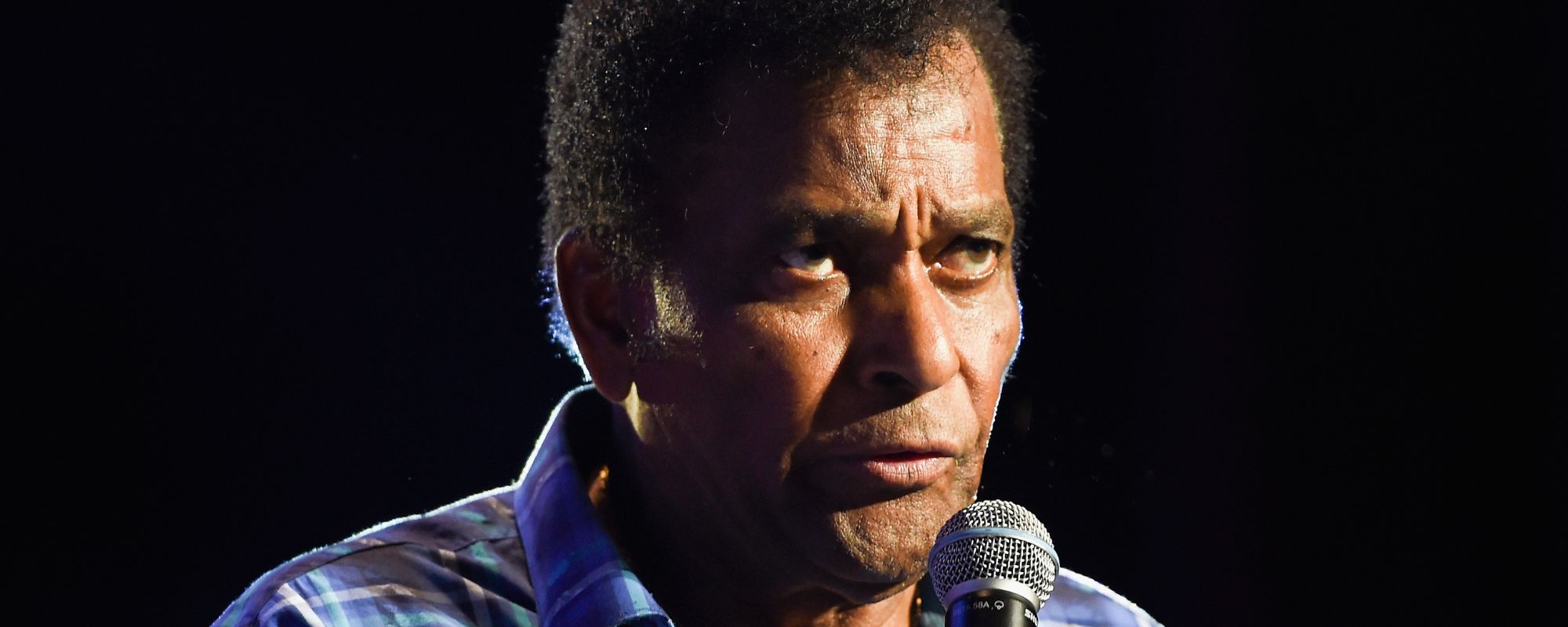


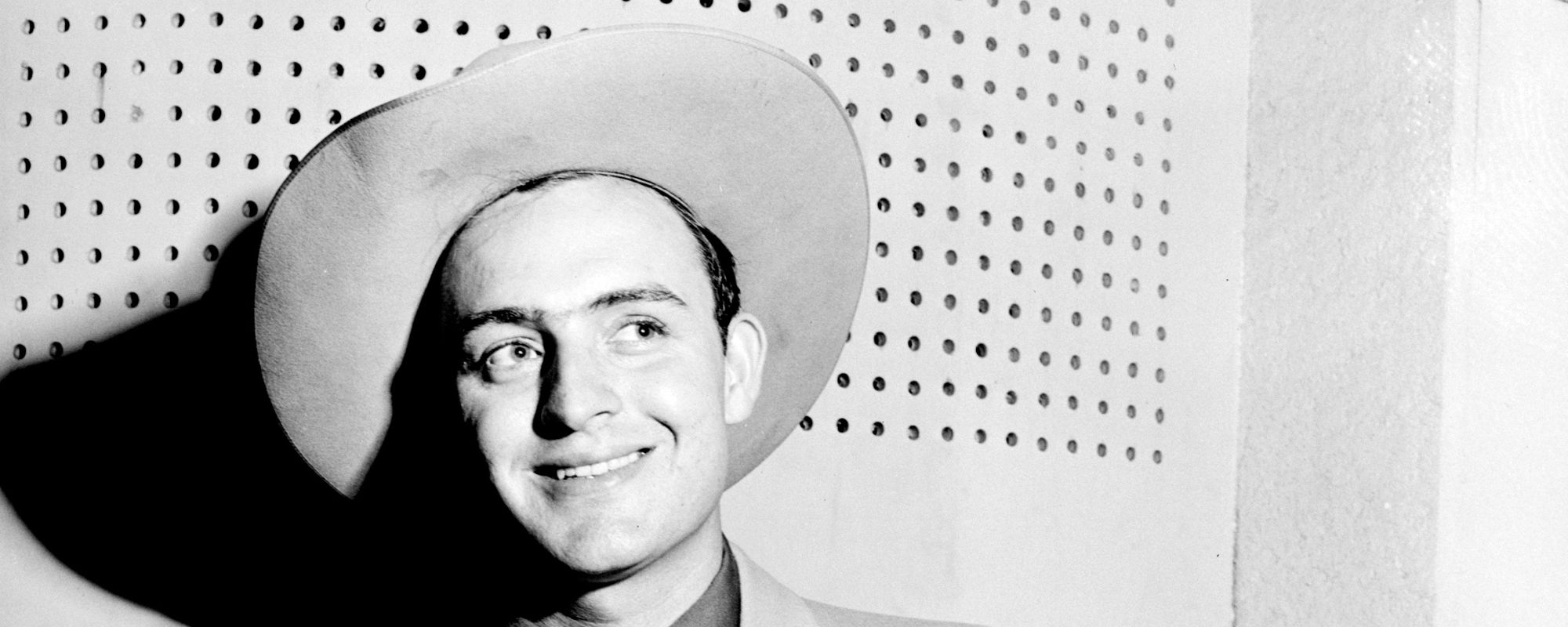


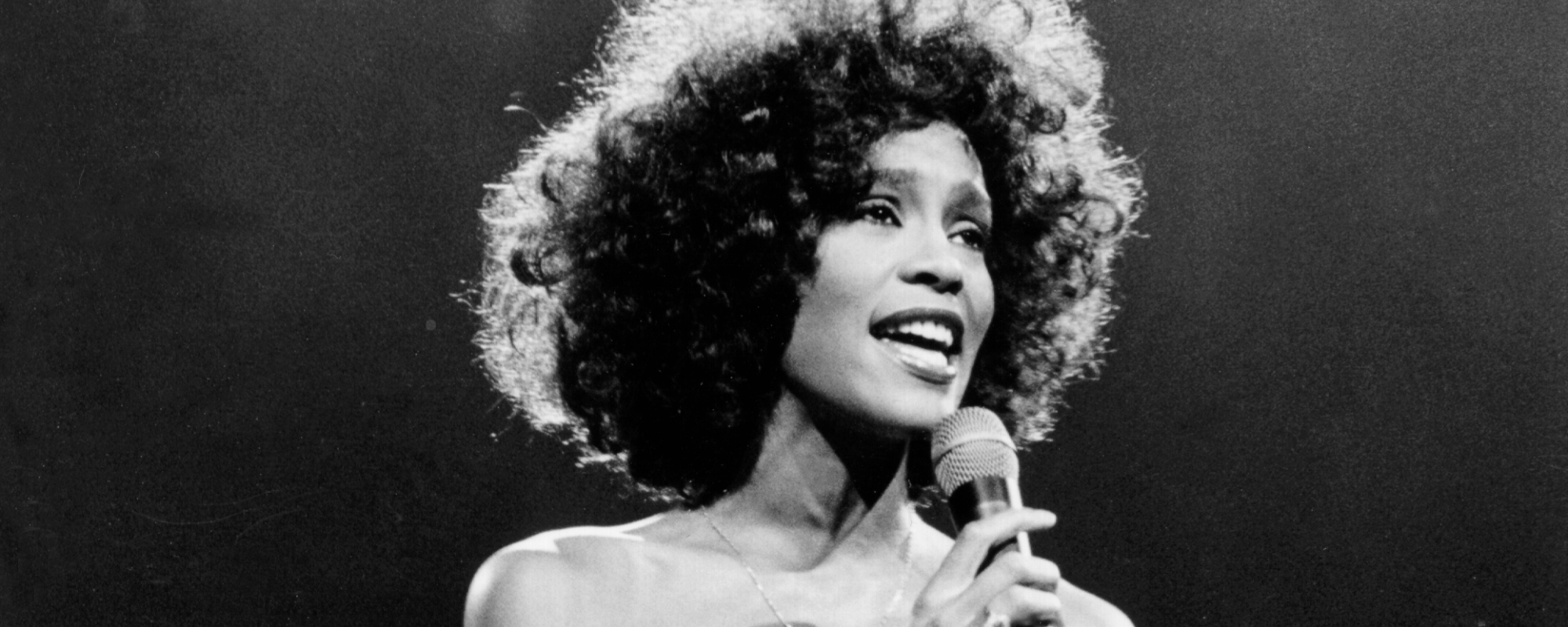

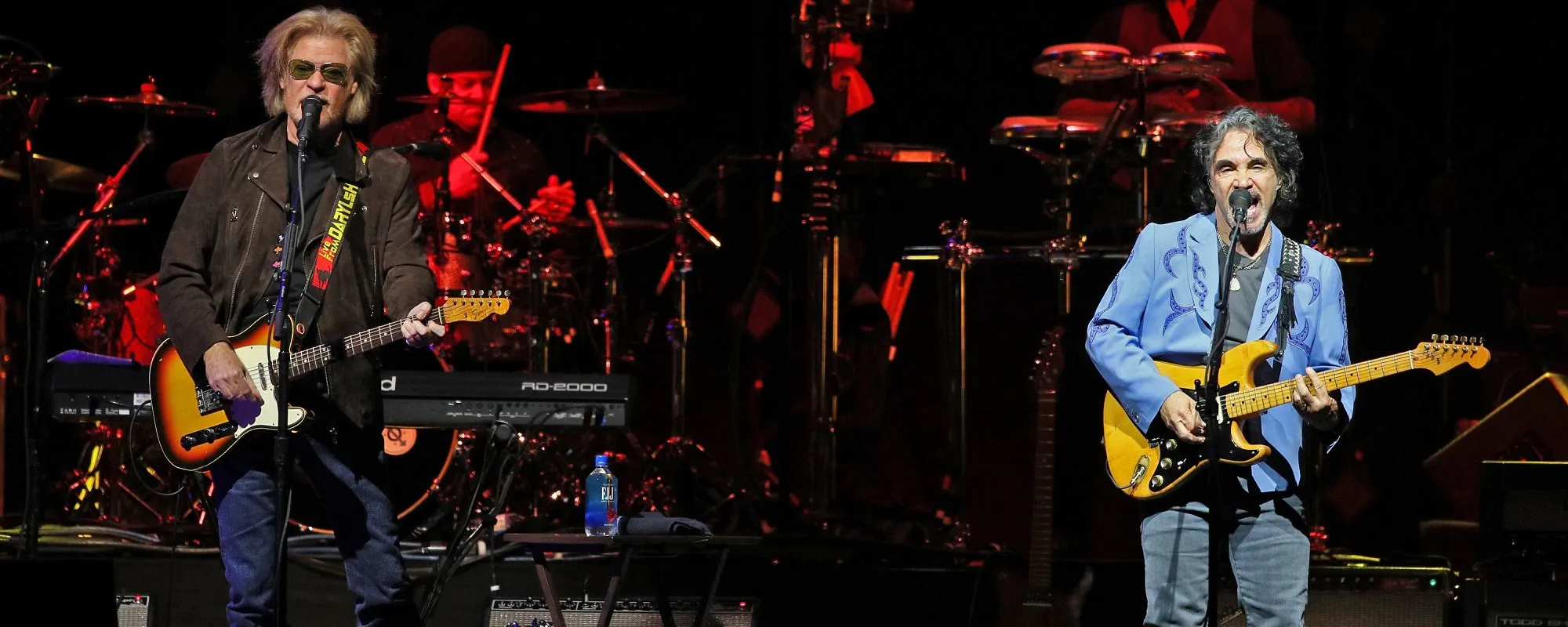

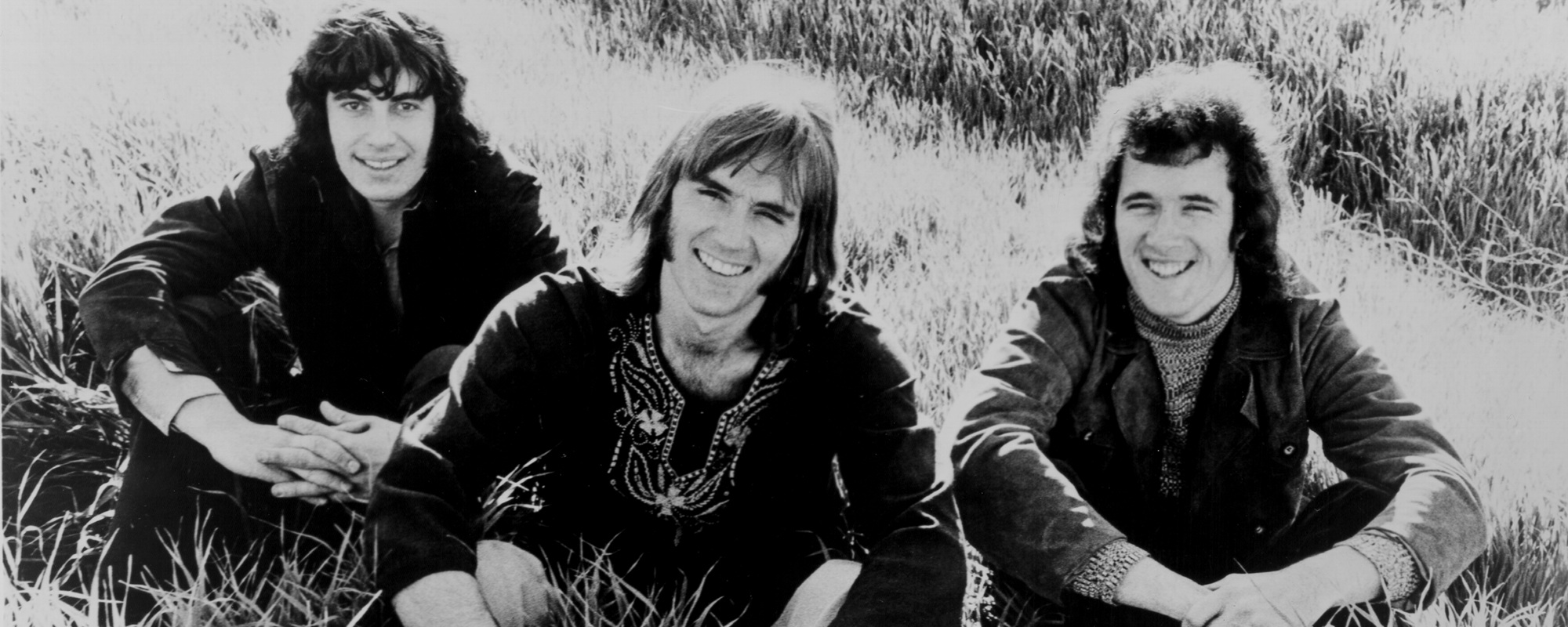
Leave a Reply
Only members can comment. Become a member. Already a member? Log in.